|
The Construction of a quarter scale Geoffrey De Havilland model
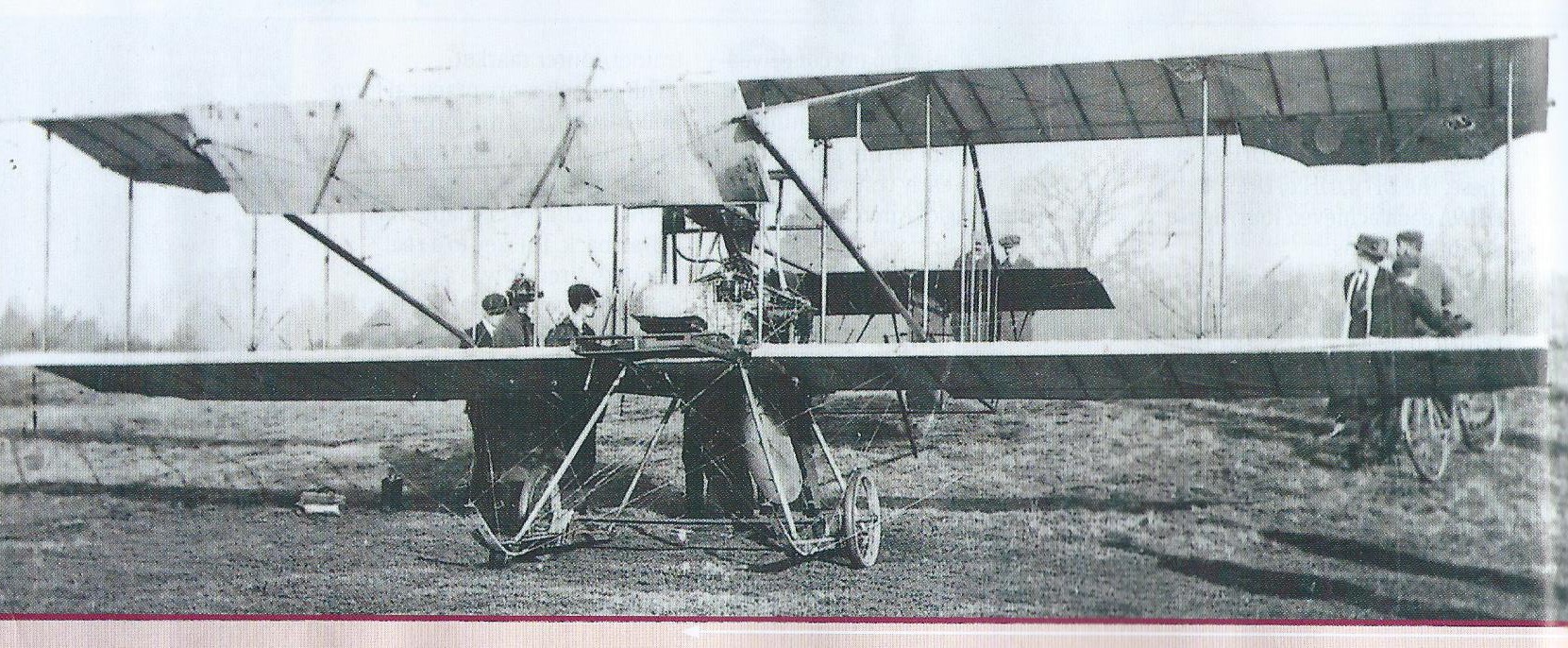
The photo is from the November 2020 edition of “Fly Past” magazine, and illustrates the biplane after it was sold to the War Office in 1911
by David Bintcliffe
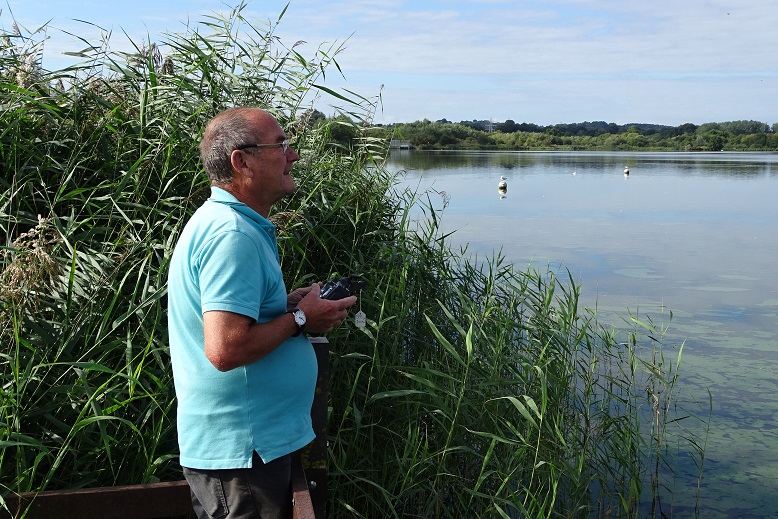
Seen here flying the model at Longham in September 2020, bicycle clips firmly attached
Back in 2018 Stephen Bohill-Smith asked me if I would make a model of G.D.H. No 2 biplane. Prior to this Stephen had made an almost full sized “character scale” No 1 Biplane, which was used to make a video. The No 1 biplane was not a success and crashed. In 1910/11 any aspiring pilot had to be designer aerodynamicist constructor, pilot teacher and pilot.
Not many photos of the No.2 biplane exist. There are some very small 3 view drawings. From this information a ¼ semi scale model was evolved. Different parts of the plane were made as separate “projects”. Early on the skids were made like miniature skis. The “Iris” flat 4 water cooled engine was made to fit over a powerful brushless electric motor. Power for this comes from a 4 cell 14 volt lithium polymer battery. The motor drives a pusher wooden propeller. An internal combustion engine would be difficult to start with all the struts around it. The wing section is probably a bit too “cambered”. The aerodynamics of the fore plane elevator and the rear elevator are complicated and tend to instability in pitch.
The airframe is covered in various model coverings mainly heavyweight tissue and shrinking dope.
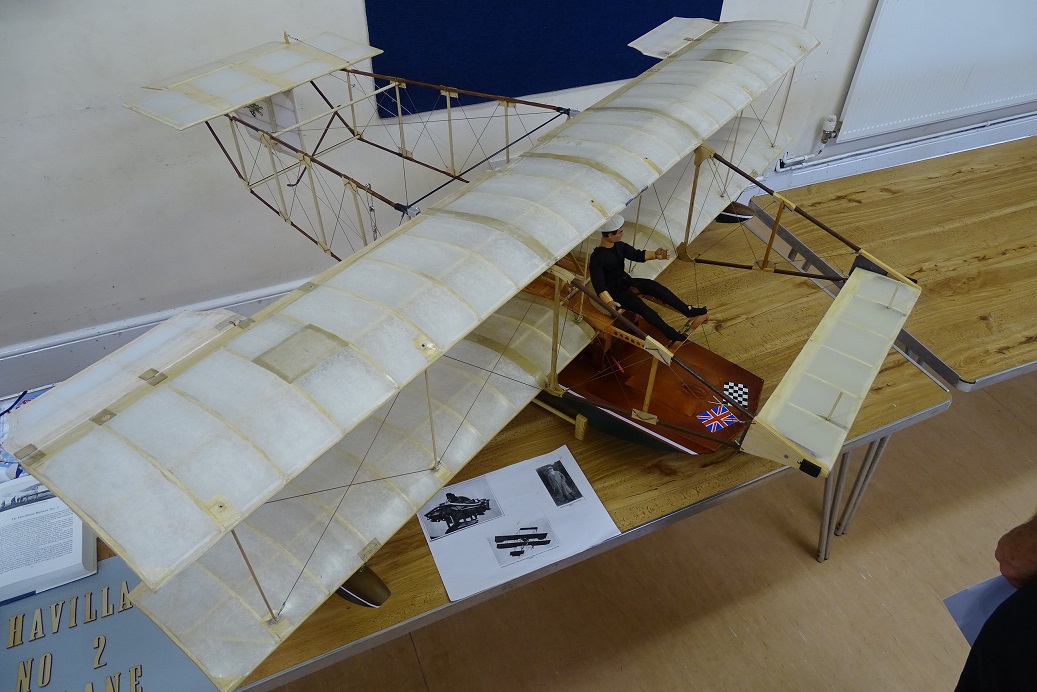
Here’s the model at the 2019 Construction and Finish Comp where it took People’s Vote
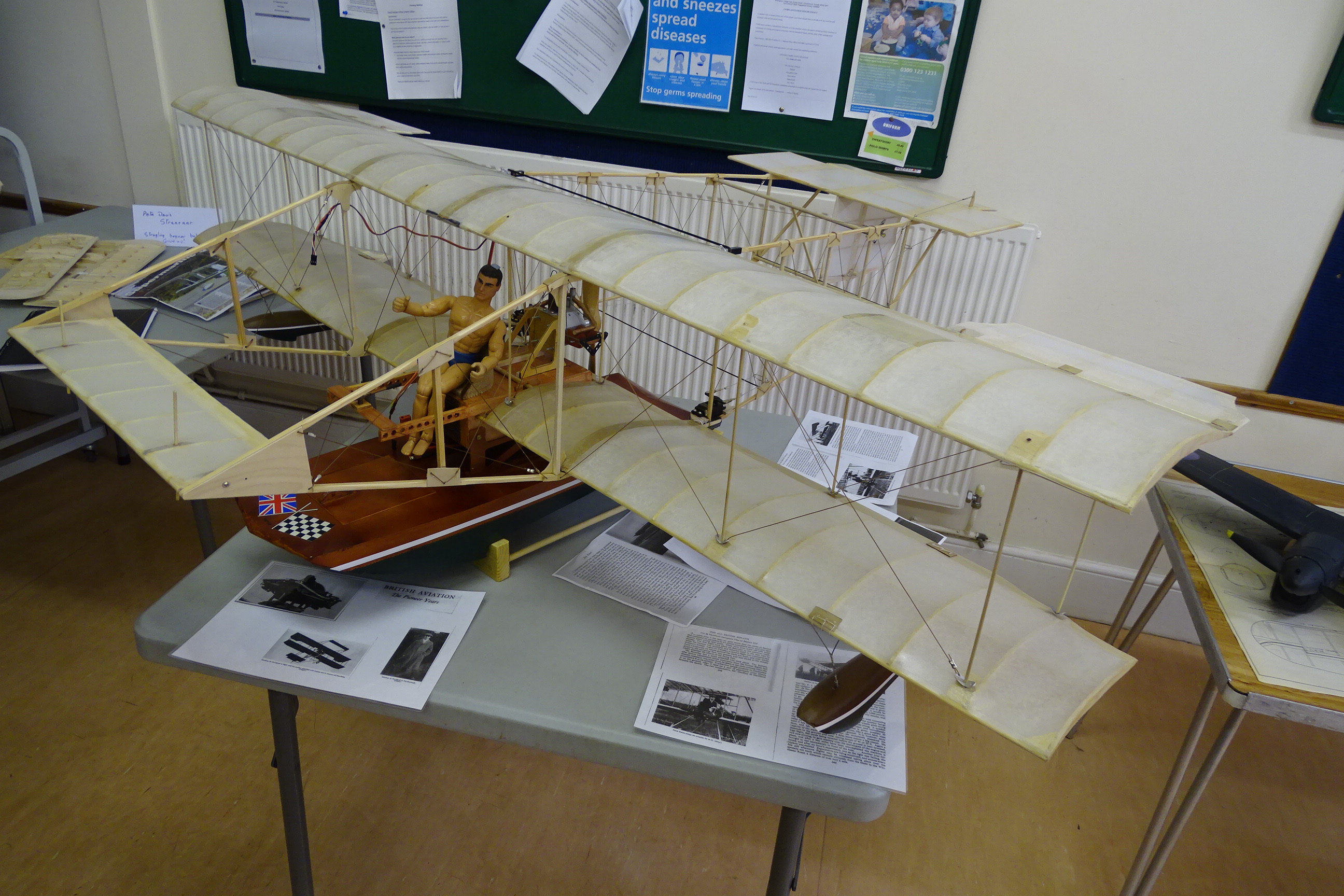
And here a few weeks earlier, judging by the state of the pilot!
In order to be able to transport the plane in a 4 x 4 car, the rear fuselage detaches from behind the wing.
The whole plane looks fragile and looked as though it would be a handful to fly. I have an interest in radio control floatplanes where one has a huge “water runway” without obstructions, to take off from, so I asked Stephen whether the No 2 biplane was ever operated off water. With a slight adjustment to history it transpired that a later model did fly off the water, using a single pontoon float centrally, with wing tip stabilisers It was thus decided that the maiden flight would be done over water and a pontoon float built.

The model in the test tank at Bintcliffe Manor
Stephen and I arranged to meet at Longham Lakes Poole for the test flight. Early morning and calm water was chosen. Increasingly fast taxi run s were made . However semi-disaster struck when the plane rather suddenly lifted off and before I could apply power and down elevator the plane stalled and splashed into the water damaging the fore plane structure slightly.
Over subsequent test flights the C.G. has gradually been moved forward by adding lead to the front fore plane. There is still some pitch instability but this is improving. (I strongly advise building a chuck glider version of any model with unusual characteristics and getting it to fly, then marking the CG to transfer to the “full size” - Ed)
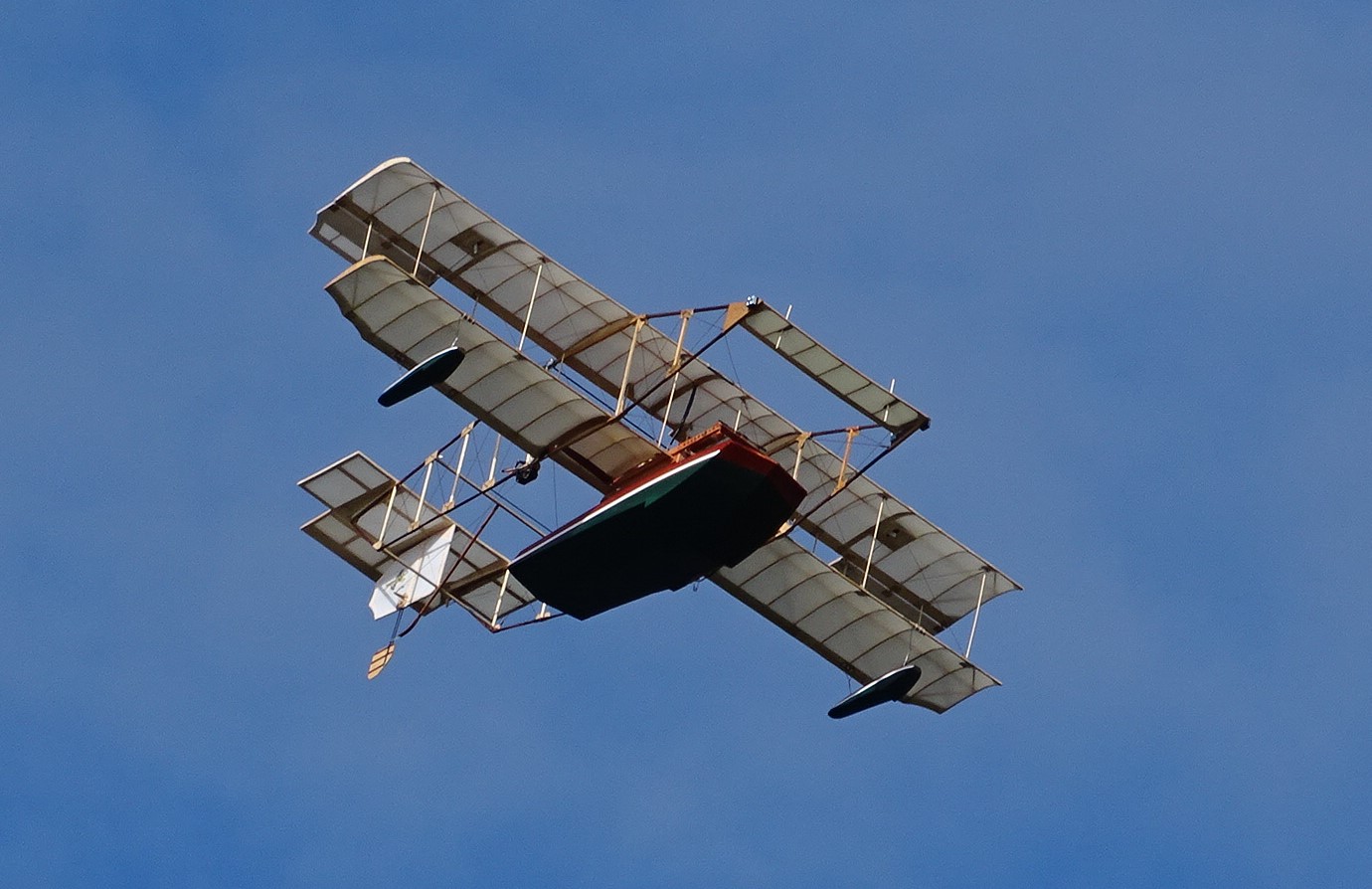
Stephen had previously programmed the No 2 biplane statistics into the simulator at The Aeronautical Dept of Liverpool University (a complex simulator that the graduates use on their courses. It can be programmed for advanced aircraft designs and also for very early aeroplanes. It has 3 axes, motion and visual). Stephen tried “flying it”. This showed a lack of engines power and a tendency to “slide slip” into turns, probably due to lack of side area. There is no fuselage as such and only a smallish fin/rudder. I didn’t think the simulator model flew very well with the marginal power.
The ¼ scale model has plenty of power and seems laterally stable in turns. The ailerons on the upper wing have plenty of area and movement. The movement is “differential” i.e. more “up” than “down”.
Pitch instability remains a problem and may be related to the severely under cambered wing section or possibly C.G. needing to be even further forward. Finally the structure may be flexing a bit and may benefit from stiffening up with some extra bracing.
Next stage will be to construct a functioning undercarriage with twin skis and wheels as per original but I’m struggling with the thought of doing this as the ground seems a lot harder (at low speed) than water. On the ground there are trees, bushes, turbulence etc.
Most recent water test on 22nd September showed a good flight, smooth take off from water. Still quite undulating in altitude when throttle was advanced/closed, needing elevator correction. A solution may be to link closing the throttle, with adding some down elevator trim. This is possible with modern computer radios. This should make the aeroplane easier to fly smoothly.
Fixed skid/wheeled undercarriage is yet to be tried out. Progress has been rather slow, partly due to the lockdown period (stopping all flying) and the need for near flat calm for flying.
Other suggestions have been to take air to air flying shots of the No 2 biplane model using a modern drone, which should be possible. Also to have photos of the plane flying over Highclere Castle. Unfortunately any public displays are not expected to be allowed due to Covid restrictions and insurance difficulties. The British Model Flying Association has quite rigid rules on demonstration flying .
So far it has been an enjoyable, interesting and informative co operation between Stephen Bohill Smith and myself.
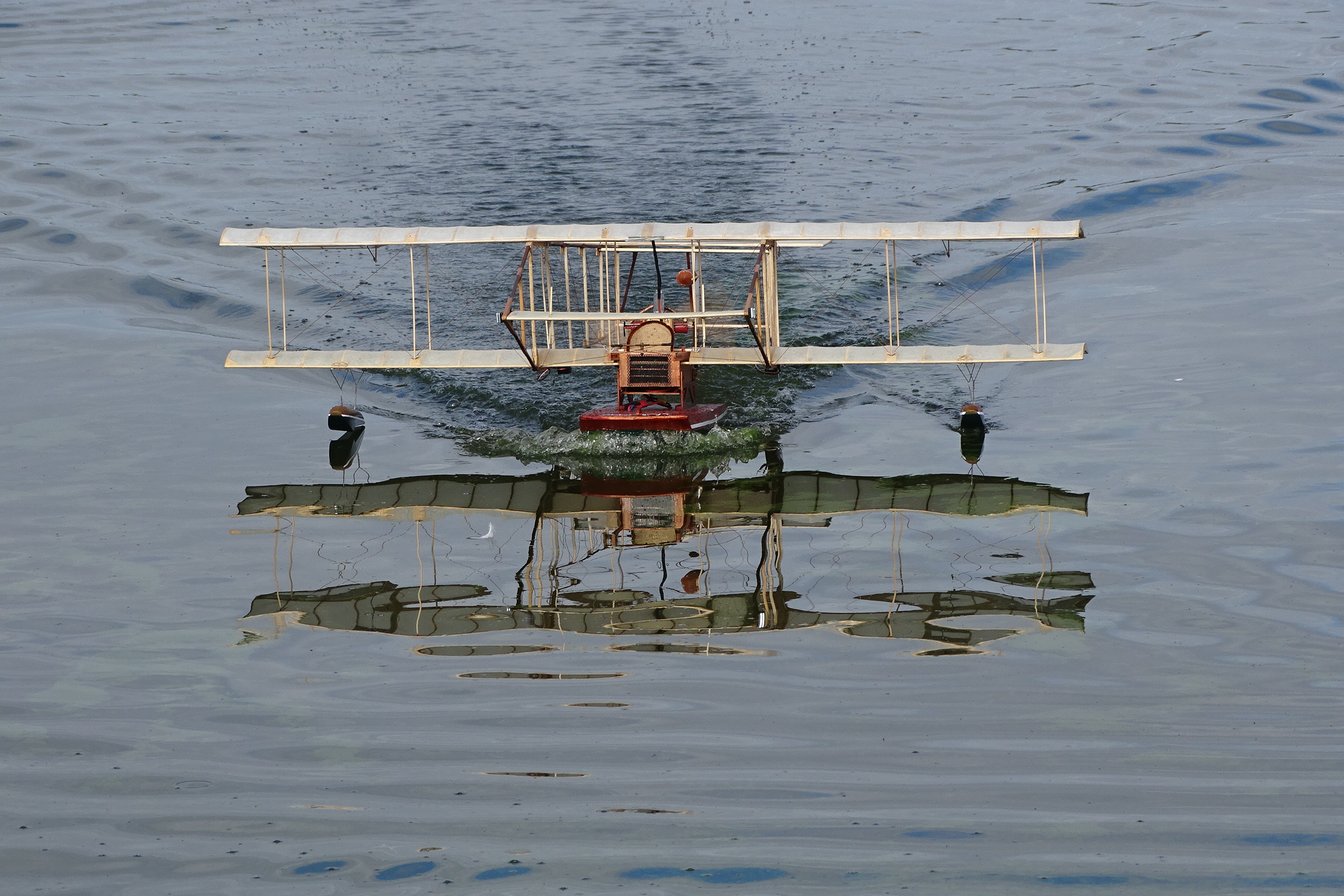
|